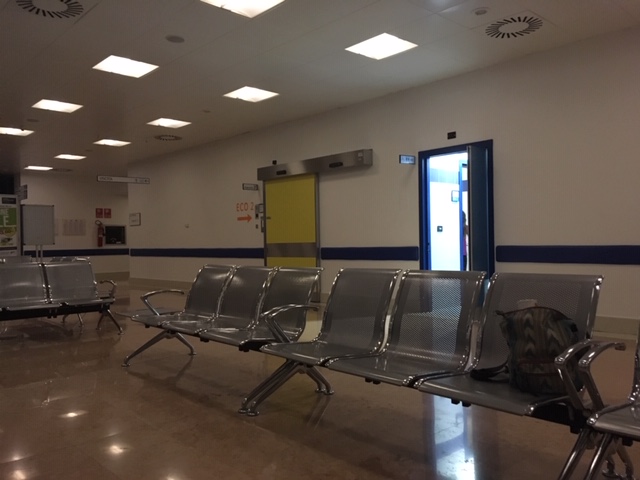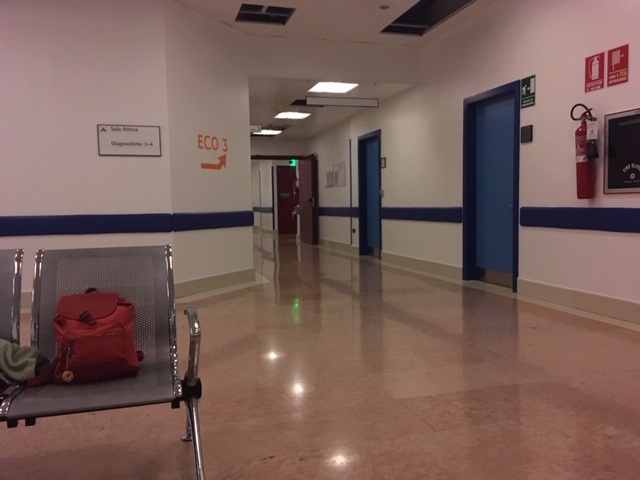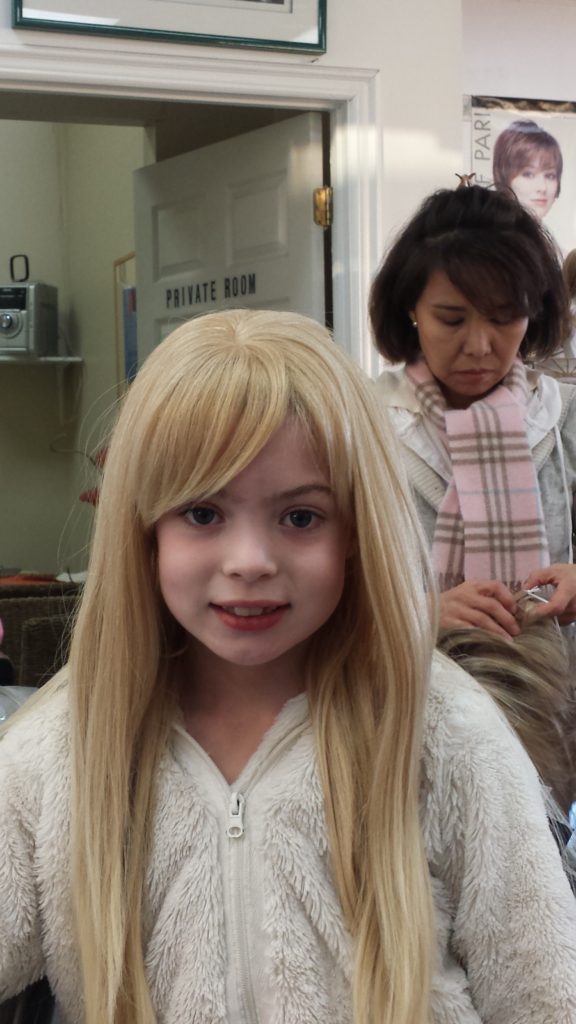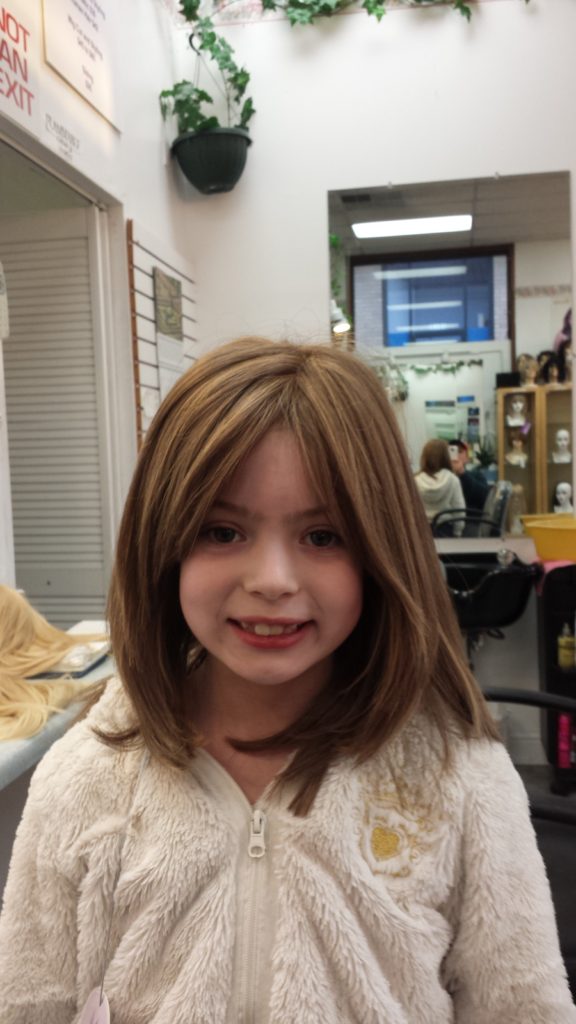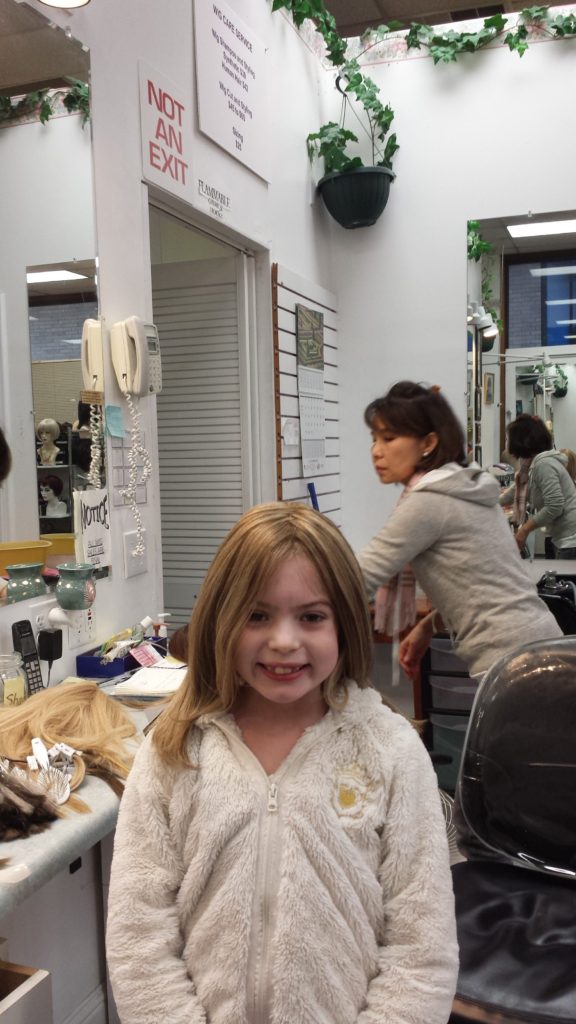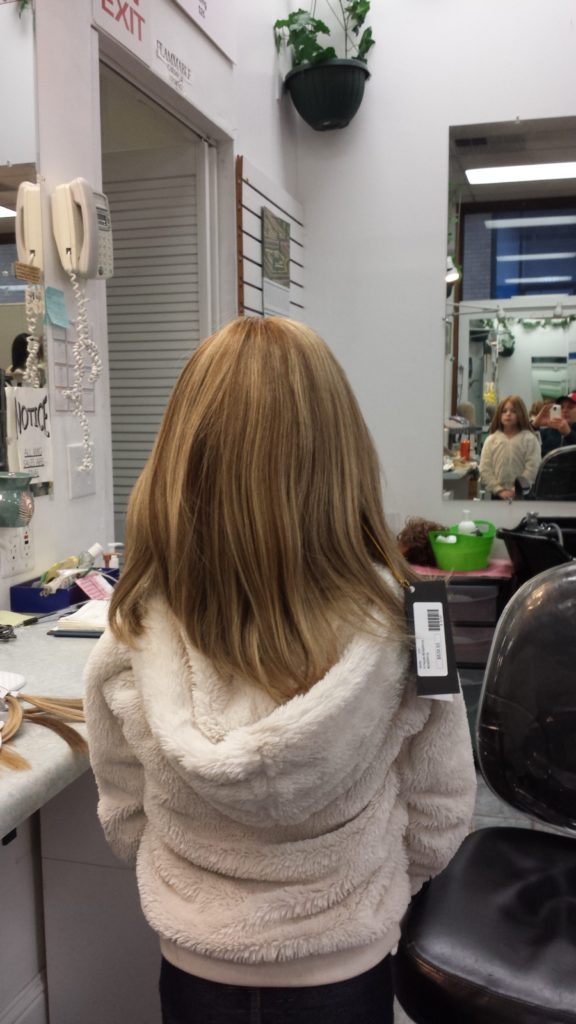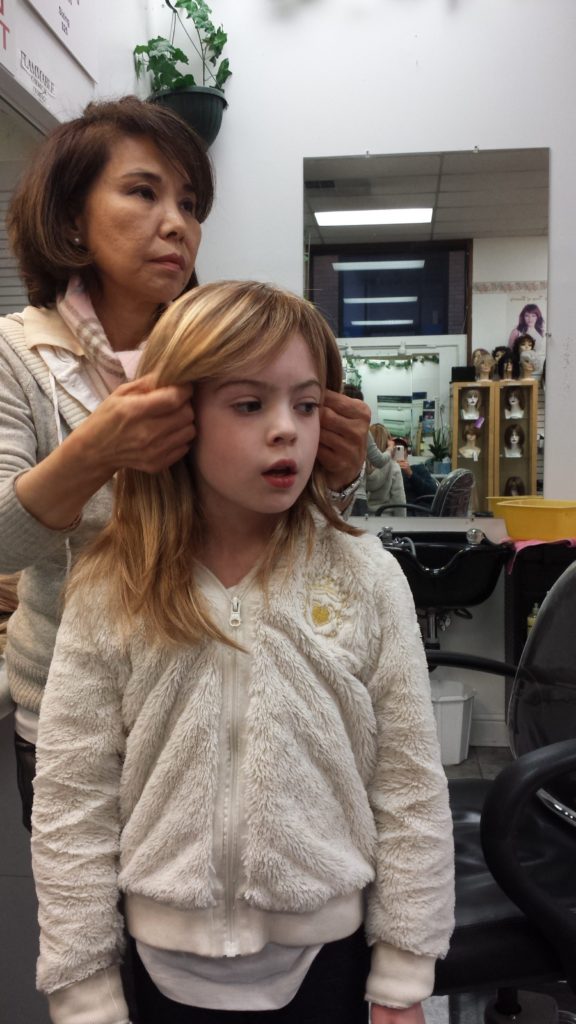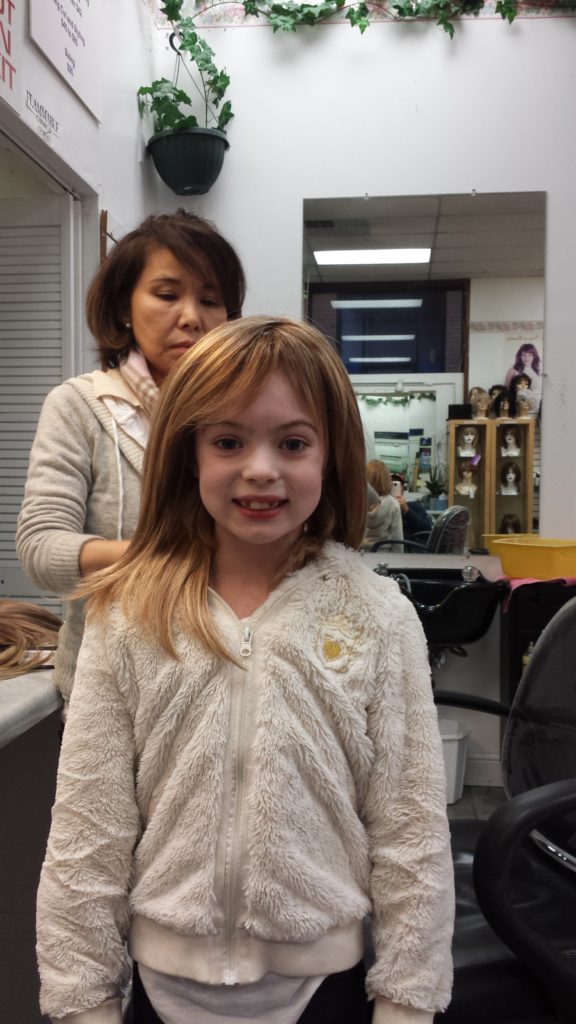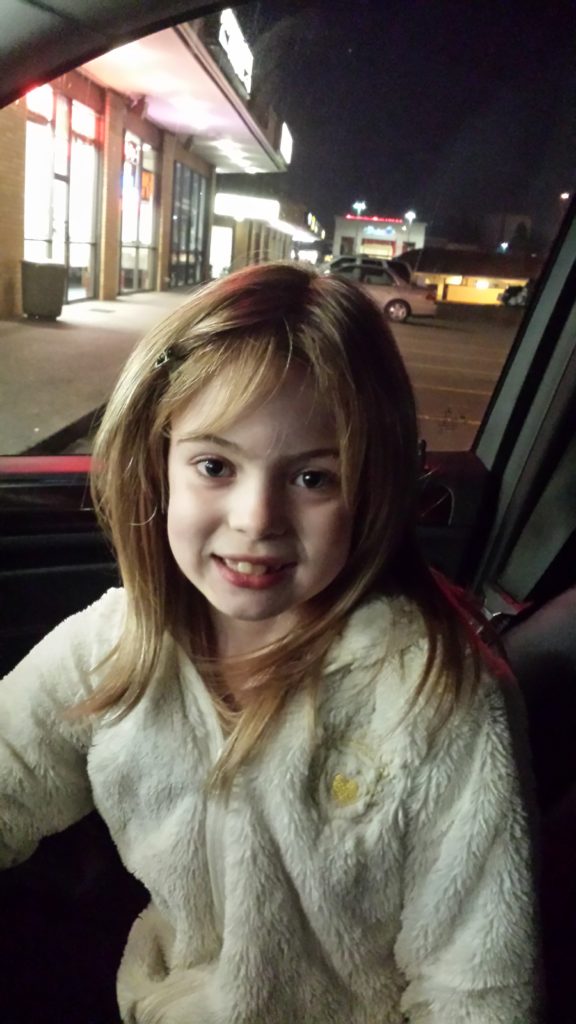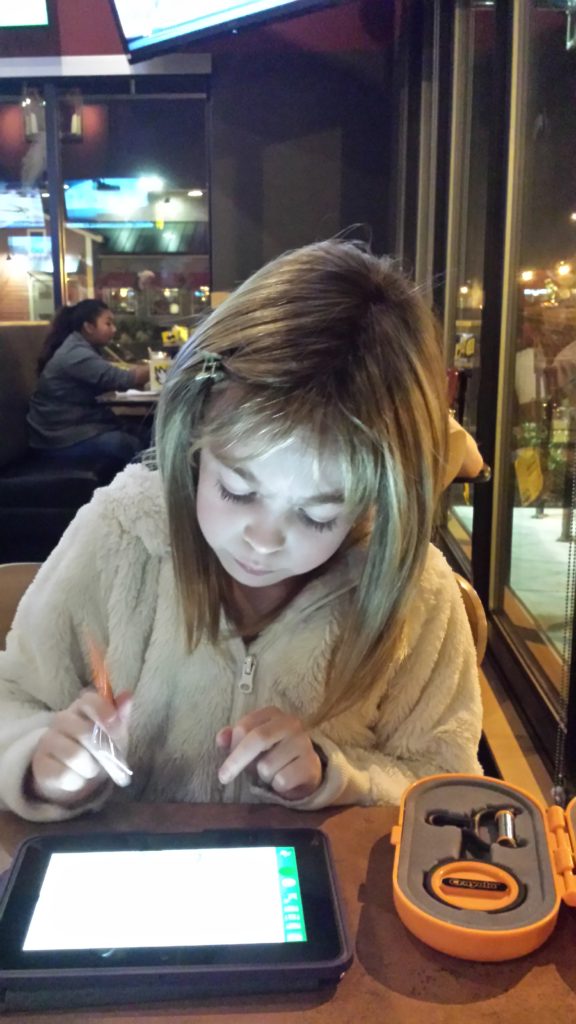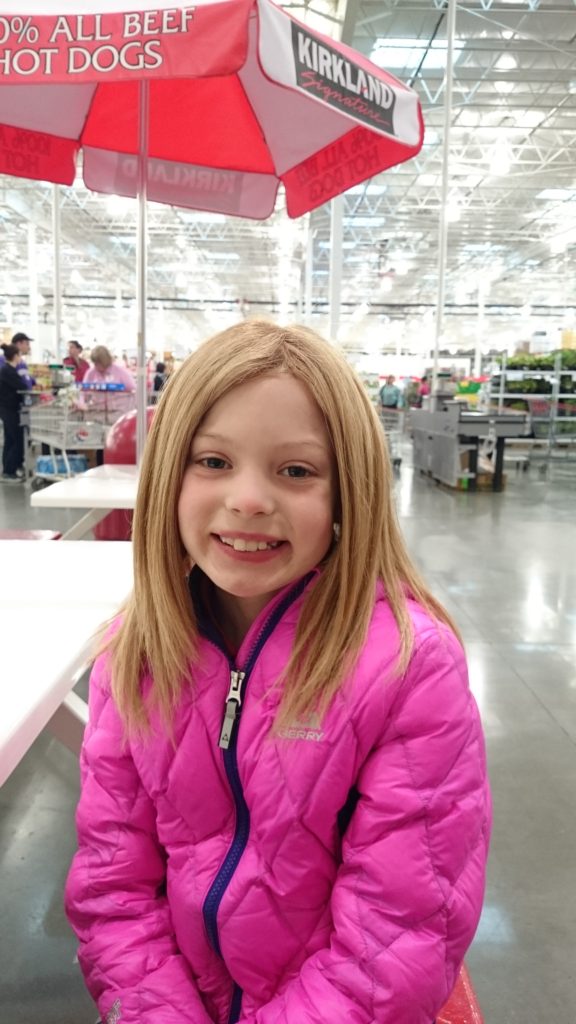One of my personal jokes has always involved the notion of being in a foreign land where I don’t speak the language and need to visit the doctor. Well, “We mock that which we don’t understand then we get to experience it ourselves,” as I wrote in my novel, In a Moment. At the time, I was going through quite a bit of self-reflection, but in no way did I think I was going to have a chance to confirm this statement.
Unlike the ER waiting room, the diagnostics area was vacant. Rog prowled the hallways like a lion in the Serengeti looking for snacks at 3 a.m.
Ignoring the pain
My husband calls me stubborn, but I like to think of myself as the anti-whiner. In April, an older Mayan woman gave me a traditional healing massage while we were in the Yucatan peninsula in Mexico. As I was on my back, she pressed on my lower stomach and it hurt. Bad.
“You have stress,” she said in broken English. “No stress,” I assured her with a laugh. Yes, I felt the same knot she pressed, but it hadn’t hurt until she pushed, and I certainly didn’t buy in to the idea stress caused a temporary ball in my gut. Honestly, I just thought my growing tummy was “a woman thing” and I wasn’t going to waste my time or a doctor’s only to be told I needed to eat less cheese. I went home and ton with life, not giving it another thought unless it was for vanities sake. The waistband was a bit tighter, but it was the cheese, right?
Was to cheese or a bad case of indigestion? My brother suggested pregnancy but no.
So here we’ve been huffing it around Europe for two weeks, walking quite a bit. My midsection had gotten a bit bigger, but I chalked it up to eating, that is, until my husband pointed out that wasn’t really eating at all. I had to think about that, and it was true, I’d not been my normal, Sarah-self-of-culinary indulgence. In hindsight, it hurt to eat, so I just ate less. Around the time of this discussion, I realized I’d not been drinking much either, and since I’m a water girl, I’d been developing dehydration headaches. Nonetheless, my goal was to see as much as possible every day and not talk about my innards, which is never a fun family dinner conversation topic.
The crisis moment
The day we arrived in Verona, my body was angry at me. I hurt the entire drive, constantly switching positions in the car, declining food and water, hoping the increasing misery would go away. I assumed I’d been in the car too long, the twists and turns of the road from Bellagio pressing against my stomach the root cause of pain. I helped unload the car and walked up and down the three-story villa Rog had chosen, feeling worse by the hour. Shooting spikes traveled down both legs to my feet, cresting over my hip and down my butt cheeks, but even then, I thought I was tight from sitting. It wasn’t until I stood and my vision became blurred, I could barely walk that my husband called up our doctor back in the states. He listened to my symptoms, including my distended stomach and told me to get to the hospital immediately.
Alien twins never looked so good on a human, at least not at 4.5 months, right?
That was at four in the afternoon, yet we didn’t arrive at the hospital until 10. The intervening hours were filled with Rog boing back and forth with Blue Cross/Blue Shield back in the States. A process must be followed, we were told, the care providers in Italy linked to BC/BS or else we’d get the bill. When we were finally assured I’d be fully covered did we pack up the girls with items for a potential overnight and get on the road.
The waiting room and process, Italian style
Fortunately, Ospedal (Hospital) San Bonifacio was the
closest and newest facility in the entire region.
The waiting room was interesting, because admissions had
one, non-English speaking staff member. I ushered the girls to the only seats
available as Rog waited in line. Through a double door he went, but not before
another gentleman who wanted to cut in before Rog. As I watched the
interaction, I thought about a universal truth: “No,” is understandable in
pretty much any language.
After fifteen minutes, Rog called up Stefano to help translate. As I stood beside him, I nearly fainted. That was the signal for the attendant behind the plexiglass partition to do something more than keep repeating: “No English.” As I teetered into Rog, a male staff member appeared who asked about my condition in thick, but understandable English. Rog explained I might have an abdominal tear, and if the small intestine went through it, the effect could be sepsis. The man immediately requested another nurse to help me back through the doors. I’d made it in!
Slow but thorough
What I got was a gurney, which spared me from passing out. Left
alone for thirty minutes, I contemplated how this was definitely going to end
up in one of my books, assuming it turned out well. All sorts of plots occupied
my mind, distracting me from the pain until the male nurse returned. He asked
questions as he gradually pressed what we both thought were my intestines back
into my gut. If you think that sounds gross to read, it was gross while he was
doing it. Plus, it hurt like the devil, and I couldn’t stop the tears of
absolute anguish as he massaged and pushed around my innards.
My stomach reduced in size about half-way, but I felt quesy.
“That feels better, doesn’t it?”
“Not really,” I grimaced, but at least my belly wasn’t sticking out like Kuwato alien from the original Total Recall movie.
Nearly an hour passed before until I was led in to another
room staffed the senior ER doctor, and a visiting doctor who translated, along
with the original two nurses. The room was set up for triage, but also had the
makings of an office, because a doctor sat at his modern desk, typing on his
computer, the printer behind him periodically spitting out documents.
Once I was laid on the gurney, he spoke, and another doctor
beside me translated as the senior ER doctor typed. Rapid pace, we went back
and forth. All the while, the two nurses went about their tasks, drawing blood
from one arm, the blood pressure from the other, each having their role, moving
quietly, efficiently and without a pause in the flow. When I asked the
physician by my side where he was from, the handsome man only told me he was
from Morocco and I got the hint: don’t make the small talk with the team, let
us do our job.
Questions over, the silver-haired dr rose, coming bedside.
He pushed my guts around, inflicting more pain than the nurse, but with
purpose. When he’d finished, he was back at the computer typing. I was then
informed I’d be going up to receive scans of my internals, which would be conducted
by another physician.
That began a 90-minute wait, half on a gurney, the other half in a solitary area with my family. It was at that point I thought: “Arg! I need to be one of those crazy wanna-be documentarians, because I should have been taking pics along the way.” I took two pics on my iphone then put it phone away. From the discussions that had occurred, I had bigger things to worry about than the missed photo opp of the crammed waiting room.
Growths, eggs and pain
Once the female physician had me lie down, she said straight
up she didn’t see a bulge. That was depressing. Was I that fat she couldn’t
discern the alien bump protruding straight up and out of my belly button?
I wasn’t going to debate the bump or pain, and just told her
what the previous doctors said. She whipped out the topical goo, spread it on
my stomach and ten minutes later was on the phone with the supervising ER doc.
She’d found two, egg-size tumors in my stomach, although she was quick to point
out that it be unknown if they were benign or cancerous.
The next stop was back to the supervising doc, who
personally escorted me, Rog and the girls three floors up to the gynecologist.
This older man was very refined, and I wanted to compliment him on his choice
or colored glasses and cool watch, but I was a good patient and kept my mouth
shut. (Readers of my novels know this was hard for me because I have a thing
for watches and glasses, sometimes calling them out too much).
He did the full-monty exam on me, politely inquiring why it
had been three months since my last exam, then following up his question with
dismay that in America, ultrasounds on females during annual exams aren’t
required. Here they are. Had I had one, my tumors might have been caught when they
were much smaller. Now major surgery might be required.
After he’d remeasured and reconfirmed what the prior Dr. had
found, he went a step further, telling me all about the myomas (tumors), the
percentage that were cancerous (1%), the “nasty infection,” I had because they
have been seeping toxins in my body, and the reality I’d be in ongoing pain and
wouldn’t be able to eat or drink much until the surgery occurred.
“What do I do about the pain?” I asked him.
He blinked. “Take ibuprofen.” When I started laughing, it was one of those bordering-on-hysterical sounds that break glass and kill relationships. “Maybe I can give you something stronger.” It wasn’t until I filled the prescriptions for both infection and pain that he’d prescribed a granulated mixture of Ibuprofin plus something extra, but since I don’t read Italian, I’ve got no clue. All I can tell you is the moment the liquid hit my tongue, it went number. I have a pack of 60, which I keep on me at all times.
The finish line
Back down we went to the ER doc. By this time, Rog had
gotten him chatting about motorcycles, and I believe when the man realized us
American’s weren’t going to stop trying to speak bad Italian, he started
speaking pretty good English! I suppose in the first few hours, he suspected I
might be in and out, therein using the other doctor to speed up the process.
Now that I’d taken up the majority of his shift, we learned about his travels,
his love for fast automobiles and what in the world I was going to do now.
I thought I was all done when the nurses reappeared on cue,
and IV was set up and one told me it was pain medication drip, which would also
help with the dehydration.
The ER doctor sat at his desk, which was actually located at
the end of the patient’s room where most of this took place! Nothing like
Italian efficiency. A printer was behind him, he did all the computer work
himself, and at the end, while Rog kept chatting him up, he assembled the
documents and scans from the ultrasound, stapled it and asked Roger how he’d
like to pay.
Rog stopped cold, like the blood in my veins. Wha..wha…?
Beyond the fact I’ve never seen a doctor do all the paperwork, a printer in a
trauma unit and using a stapler, he was ready to take our money. Then we braced
ourselves. Rog accepted the documents with the grace of a rat facing a viper,
rather tentatively. He stared, I waited, the doctor was already working on his
computer again.
“It’s 117.62 Euro,” Rog repeated, as if making sure it was
correct. The doctor nodded without looking up. “Cash or credit?” was Rog’s next
question.
And that, my readers, was the shock of the world. Not that
I’ll need surgery and egg-size aliens making me look five months pregnant.
Nope. It was the beauty of socialized medicine. Just the admittance alone in
the states would have been @2K. Add on that all the doctors, the tests, the
procedures, and we estimate the bill in the US (pre-deduction and insurance)
would have easily been in the thousands.
Roger paid, and the man physician handed me the entire set of paperwork. Then, in the ultimate of wonderful gestures, he walked us to the emergency room and out the front doors. Where in the world does this happen at a medical institution where the commoner (us) doesn’t have the last name Bezos or Gates, and certainly hasn’t gifted the place a new wing. I’m not sure the $117.62 Euro was the reason; I believe this is standard Italian protocol; professional to the very end.
The best part was yet to come
You can imagine my relief and distress on the drive home. Forty-thirty in the morning, the family was wired and hungry. We stopped at an all-nighter restaurant and had pizza. Well, they had pizza. I watched. The next few weeks were going to be brutal if the doctors were to be believed. But going home ceased being an option when I realized I wasn’t at risk of immediate death; this was money spent and time allocated. No way was I going to ruin our vacation. I was just going to follow the gynecologist’s wisdom and essentially suck it up.
That night, I informed my mom and church leaders of my situation, asking for prayers, and that’s when the miracle happened. I woke, expecting the brutal pain, and had none. We weren’t able to fill the prescriptions for another day; each and every hour I braced myself, believing my body was going to revert back to its state of the prior day.
It never happened.
Rog didn’t believe it, nor did the doctor on a follow-up call, but I did. Mom and telegraphed my request to all the family members on both sides, aunts and uncles, children and down the line, the equivalent of the mayor calling the bat phone. The church leaders did the same. The prayers of many were felt by the one: me. It’s now day three. Instead of lying on my back, I’ve been able to walk. No, I can’t eat solids, because that causes immediate pain, but I can drink limited juice and sip light soups, which is a lot more than I could previously.
There was another thing. What we initially thought the time lag in getting to the hospital was a detriment was a blessing in disguise. The Moroccan doctor would not have been on staff, nor the senior ER physician or nurse who got me in so quickly, because they worked the 8-8 shift. Had we come earlier, who knows what we might have encountered? Further, the gynecologist said this was his single night of the week when he worked. His perfect English, and ability to conduct such a thorough exam and to equip me with knowledge and a path forward calmed my fears.
Although I’ve been joking with Roger that this is my version of a European fat farm, (because I’ve been wanting to lose twenty pounds for the last four years), what I’m really thinking is that God knows I exist. He cares for me. He answers the prayers of his children. That I am loved.
So instead of asking ‘why did this happen to me?’ I thank God for the experience and the little blessings along the way which made a hard life moment a little easier. Most of all, I’m grateful for the affirming power of prayer and His ability to answer.






